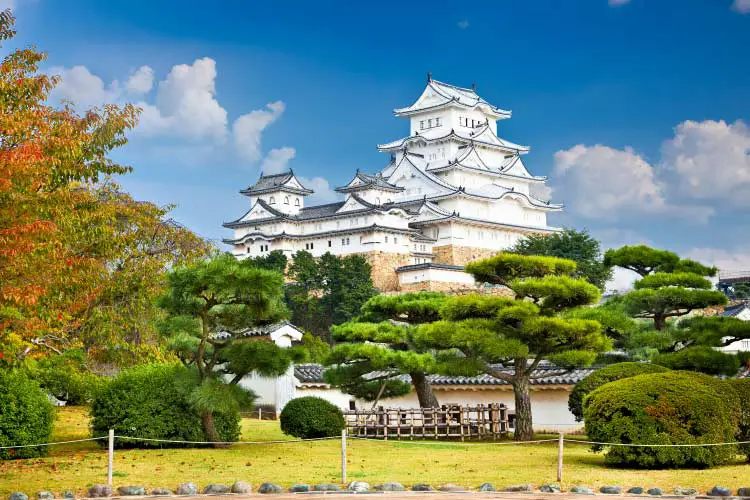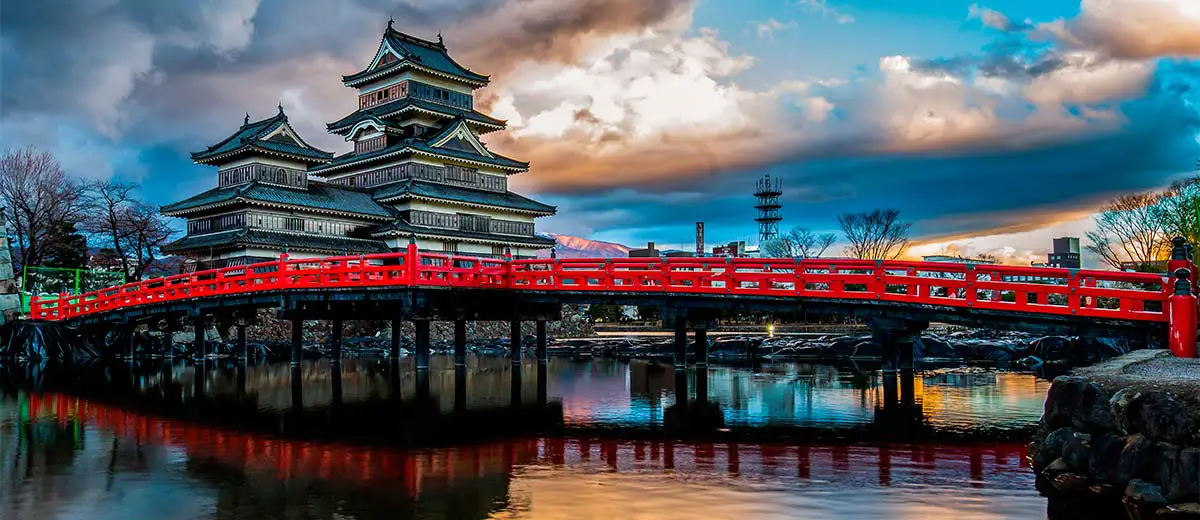A Brief History of Travel and Tourism
Utilizing the widest definition of the word, human beings have been travelling since the dawn of time. No matter one’s beliefs about the creation of humans, everyone can agree our species began in some single locale, likely Africa or the Middle East, and ‘travelled’ outwards, settling new lands. However, most of this ‘travel’ was done out of necessity and war, often without the intent of return. It wouldn’t be until Antiquity, or the glory days of the Greek and Roman empires, that tourism, or leisure travel, would be introduced.
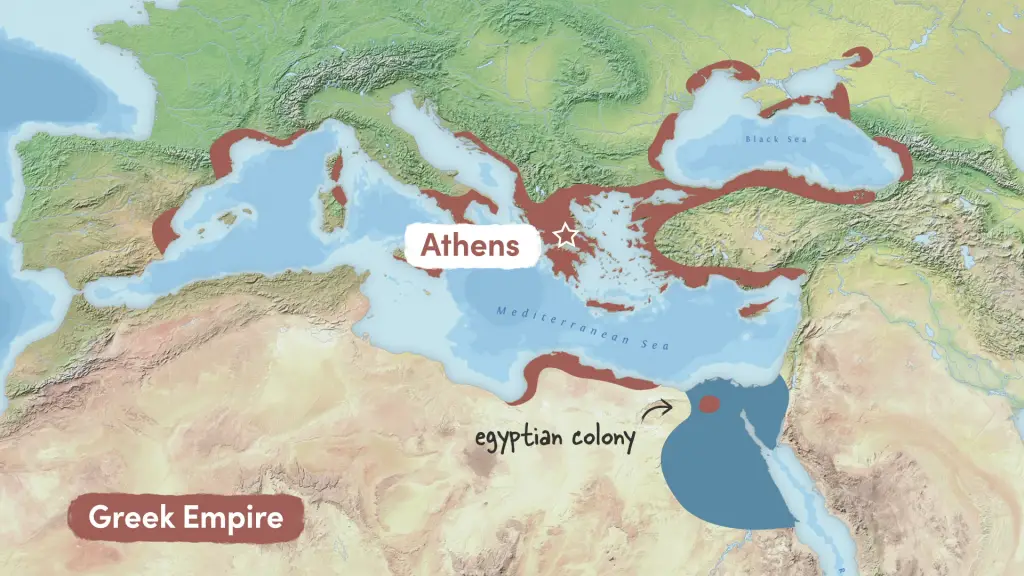
Aristocratic Tourism
In those days, tourism was a privilege almost entirely confined to the wealthy, who travelled largely for cultural exploration. One has to remember, the Greek and Roman upper classes were people who prided themselves on artistic, scientific, and philosophical pursuits. It follows, then, that these early travellers largely sought to learn the arts, languages, and cultures of their destinations.

Soon enough, travelling for leisure’s sake began to gain popularity; from the Roman Empire arises some of the earliest examples of travel resorts and spas in the world. Though they documented their experiences most thoroughly, the elite Europeans were not the only ones travelling in ancient times. In eastern Asia, it was popular for nobles to travel across the countryside for the religious and cultural experience it offered, oftentimes stopping at temples and sacred sites during their travels.
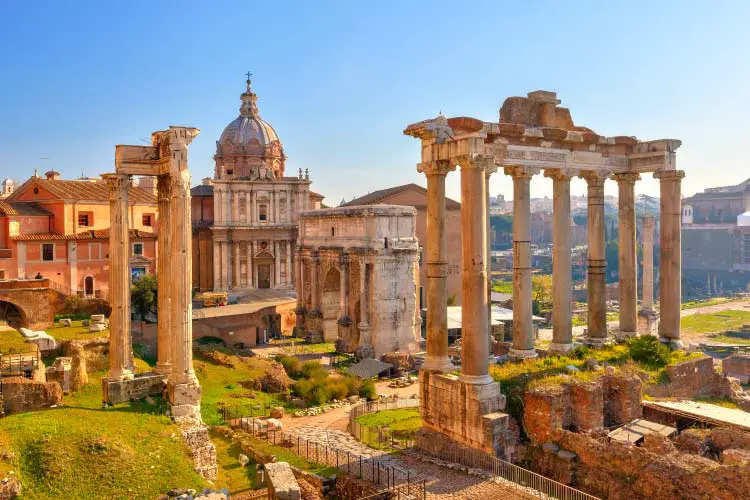
Religious Tourism
During the Middle Ages, travel took on a new meaning. Although leisurely travel was still reserved for the upper class, it became more and more common for members of the upper and even lower classes to embark on pilgrimages. Most of the major religions at the time, including the Islamic, Judaic, and Christian traditions, encouraged their practitioners to conduct pilgrimages.

Largely unaided by technology, most of these journeys were done on foot, often occasionally with a beast of burden to carry supplies. The wealthy were able to afford other forms of travel including horseback and ship. Furthermore, the Middle Ages saw the emergence of connected shipping routes. As ports grew, travel opportunities increased, and the dock was typically the start of any long-distance travel during the Middle Ages.

The Grand Tour
Travel continued to exist in this way for some time: the rich travelled primarily for cultural and leisure reasons, while the poor travelled largely for religious reasons, if at all. The next major development travel underwent was the establishment of the Grand Tour. Undertaken by the elite men of Western and Northern European countries, the Grand Tour took young travellers across Europe in a “rite of passage” meant to educate the wealthy after they finished their education but before adulthood. Historians cite this tradition as the origin of the modern tourism industry and indicate that the tradition had become well established in European culture by the 1660s.
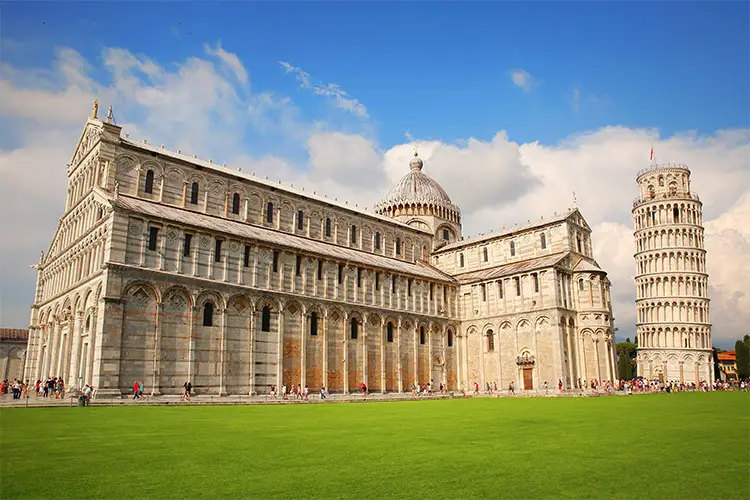
Like many traditions, the Grand Tour eventually developed a rigid structure. Tourists were expected to follow a set itinerary and travelled with a tutor. The Grand Tour typically began in England, moved south through France into Switzerland and Italy. After spending a few months in Italy, the traveller and his tutor moved upwards through Germany and into Holland before returning to England. These trips utilized the most advanced travel technology of the day, including ships and collapsable coaches, and it wasn’t entirely uncommon for the traveller and tutor to be waited on by a handful of servants.

Tourism For The Masses
The Grand Tour remained a popular cultural phenomenon amongst the rich until the 1840s, which saw the advent of the first widespread railway system across system Europe. Immediately, this innovation opened the possibility of embarking on a Grand Tour to the middle classes, and soon it became more popular for middle and even working-class citizens to travel for leisure.
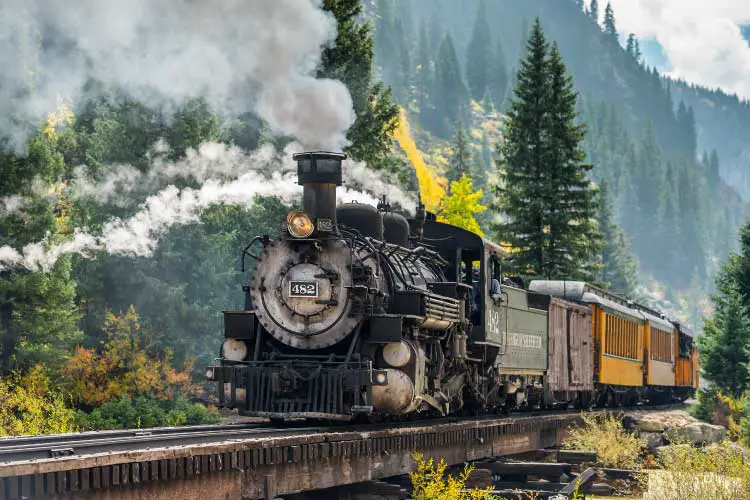
More importantly, the implementation of railway systems across Europe and the United States positioned the world for the Industrial Revolution. The United Kingdom is often cited as the first country to actively promote leisure time to its industrial class, and as a result, the country had a strong impact on the early development of the tourism industry. One hugely influential player in the history of travel and tourism was Englishmen Thomas Cook, who established the first-ever travel agency to provide ‘inclusive individual travel’ in the 1840s.

This means that travellers move independently in their travels, but all the food, lodging, and travel expenses were set at a fixed price for a predetermined length of time. This allowed travellers to take any route they fancied throughout Europe without having to ascertain food or lodging ahead of time. This fact, coupled with the falling ticket prices of railways, meant that long-distance travel was dramatically cheaper and faster than ever before. This not only further lowered the barriers to leisure travel but also drastically increased the incidences of business-related travel. As one can imagine, Cook’s Tours became massively popular, and the company remains successful today as the Thomas Cook Group.
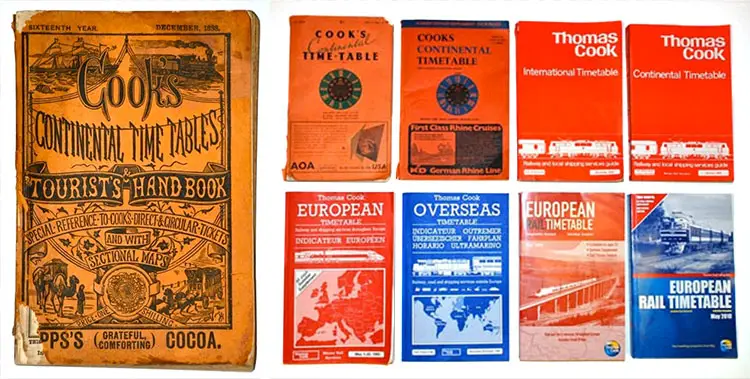
In short, the introduction of a widespread railway system gifted a massive boost to the tourism industry; this boon would largely reflect that the aeroplane would have in the early-20th century. More so than any other technological development, the aeroplane opened the floodgates of mass international tourism. Behemoth multinational airlines such as Pan Am, Delta, and American Airlines arose during the 1900s, and suddenly the physical boundaries between cities were rendered useless. It has become possible for a traveller to get nearly anywhere on the globe in less than 48 hours, for a price that most middle and working-class members can achieve.
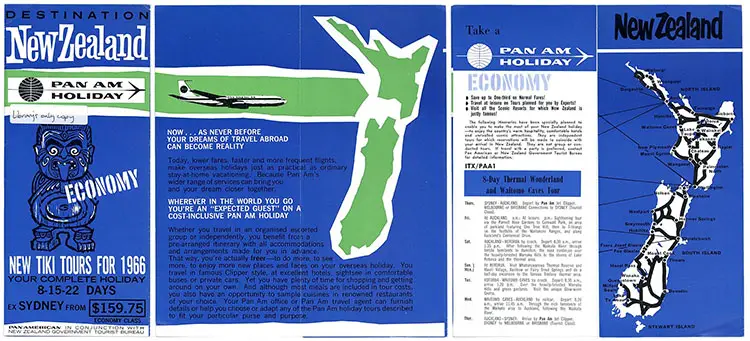
Today, travel stands as one of the most economically important leisure activities in the world. The tourism market is so large that it has split into an astounding number of niche markets, including ecotourism, backpacking, and historical tourism. As of the writing of this article, there have even been a handful of trips into orbit around Earth branded as “space tourism”, a new and exciting chapter in the history of travel and tourism. The story of tourism displays a remarkable connection to the technology that makes travel possible. Transportation innovations like the train and aeroplane have eliminated the difficulties and lowered the costs of long-distance travel, and planet Earth has truly become a smaller place because of it.
